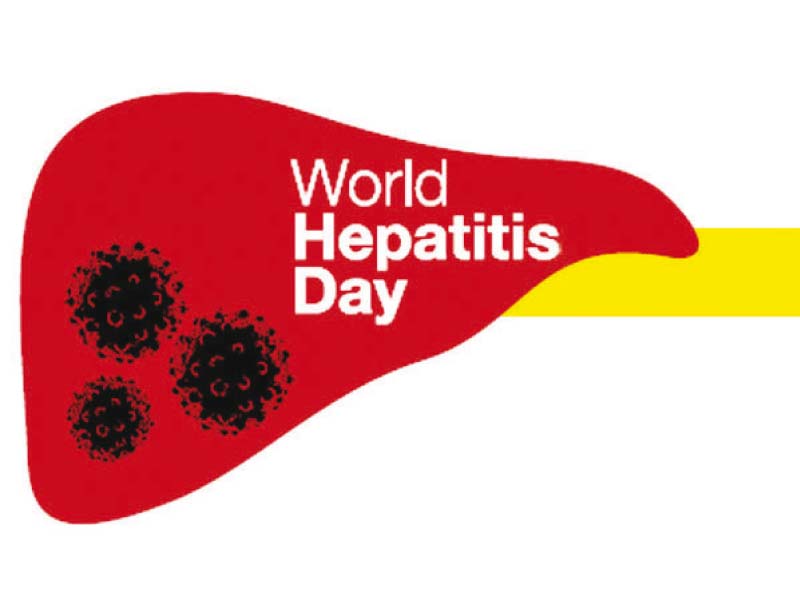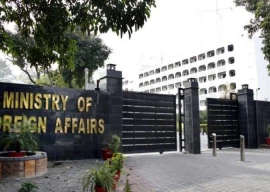
In the absence of dedicated hepatitis centres or free treatment facilities, thousands of hepatitis patients have so far availed treatment from the outpatient and indoor departments at the Pakistan Institute of Medical Sciences (Pims) in the capital.
Shehbaz opens state-of-the-art clinic for hepatitis
“This year, 2,300 new patients have started treatment for hepatitis C, and of them, 80 per cent are poor patients who cannot afford the treatment,” said Dr Waseem Khawaja, a gastroenterologist at Pims. “Around 1,500 patients visit the department with complaints of bleeding each year and 1,800 complain of coma and drowsiness due to complications from hepatitis C,” he added.
Pims data shows that annually 2,000 to 2,500 patients seek treatment for hepatitis C.

According to a 2008 national survey by the Pakistan Health Research Council (PHRC) of the Health Ministry, around 12 million people in the country suffer from hepatitis. Of these, around 8 million were hepatitis C positive while 4 million were hepatitis B positive.
The disease has a prevalence rate of five per cent in the country, the second highest in the world after Egypt. PHRC officials say that in terms of affected population, Pakistan is second after China.
The World Health Organisation (WHO), however, puts the estimated number of hepatitis infected people in the country at over 17 million, terming the disease to be one of the major public health problems of Pakistan.
Government to set up hepatitis clinics
Treatment support
Patients seeking indoor treatment at the hospital get some help with their bills from the Prime Minister National Health Programme. However, indoor treatment is not necessitated till the disease is at an advanced stage requiring hospitalization. For those whose symptoms are not as severe, they have to seek treatment either at the outpatient department or at private institutes.
The poorer patients can seek financial assistance from the Zakat fund of the hospital or from the Baitul Maal. But those who do not qualify for such categories have to manage treatment costs on their own. A National Hepatitis Programme was also launched by the government in 2005. After the 18th Amendment, the programme was devolved to provinces and to the Capital Administration and Development Division (CADD) in Islamabad in June 2011 with the health ministry only responsible for coordination and planning. While the Punjab and Sindh governments came up with strong provincial programmes to extend free treatment to patients, in other provinces and the capital, the programme has nearly vanished.
The health ministry, though, claims that it has worked to lower the cost of treating hepatitis from millions per person to around Rs25,000 per patient by registering and pricing new medicines.
Published in The Express Tribune, July 28th, 2017.







1732870002-0/BeFunk_§_]__-(73)1732870002-0.jpg)
1732877973-0/Express-Tribune-(5)1732877973-0-270x192.webp)
1732878140-0/BeFunk_§_]__§-(3)1732878140-0.jpg)







COMMENTS
Comments are moderated and generally will be posted if they are on-topic and not abusive.
For more information, please see our Comments FAQ